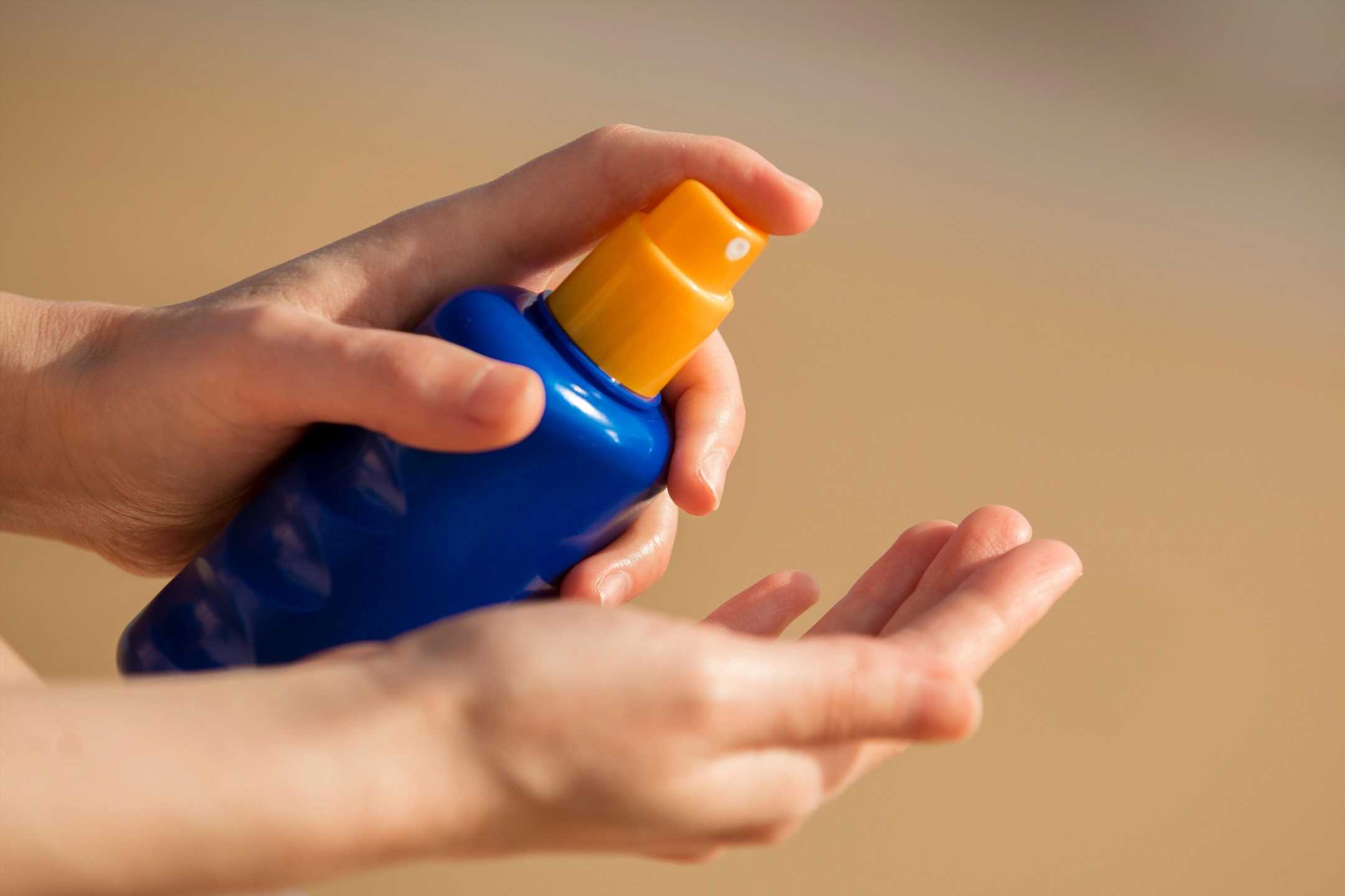SUNCREAM is essential for preventing sunburn and deadly skin cancer.
If you’re already applying it, you’re on the right track.
But it could be completely pointless if you’re not applying it properly.
Why is it so important to protect yourself from UV rays?
Two words you’ll never want to hear: skin cancer.
It’s become increasingly common in the UK, but dermatologists fear Brits don’t take their skin health seriously.
Read more on skincare
I’m a pharmacist – here’s 5 natural sunburn remedies you’ll find in the fridge
I’m a laundry expert – mistakes that ruin your clothes & irritate your skin
We all know someone who claims their “burn turns into tan”, or they don’t need sun cream “because it’s not often sunny”.
The truth is, the UV rays in the sunshine cause damage to the skin – and it’s irreversible.
The more times you burn, the higher your risk of getting skin cancer.
Sadly thousands still die of skin cancer every year in the UK, despite the fact almost nine in 10 cases of the most deadly form are preventable.
Most read in Health
Warning to millions with eczema over greater risk of major viral disease
My 44E boobs were so big they were CHOKING me – now I don't recognise myself
The 13 red flag symptoms of cancer you must absolutely get checked out
I'm a plastic surgeon – here's the secrets behind Khloe Kardashian's look
So, how can you ensure you are getting the most out of your SPF?
Here are the mistakes experts always see being made:
Not using enough
It goes without saying that the more suncream you use, the better protected you are.
Dr Philippa Kaye, a best-selling author and NHS GP, told her Instagram followers to use the “two-finger rule”.
Pour suncream into a line across the index and middle finger, which is “one dose”.
Use one dose for the following:
- Face and neck
- Right arm
- Left arm
- Upper front of body
- Lower front of body
- Upper back
- Lower back
- Right thigh (front and back)
- Left thigh (front and back)
- Right lower leg and foot
- Left lower leg and foot
Using a low factor SPF
Dr Stephanie Ooi, a GP at MyHealthcare Clinic in London, always recommends using SPF 50, come rain or shine.
She said: “Choose the highest SPF possible to give yourself the best protection.”
People usually chose their SPF based on how tanned they want to get – but SPF does not change how fast or deeply you tan.
Dr Ooi added: “Some people choose lower SPFs because they think this will boost their body’s levels of vitamin D, but studies have shown vitamin D levels aren’t affected by a higher SPF sunscreen.”
The body creates vitamin D, which helps keep bones and muscles healthy, from sunlight on the skin when outdoors.
“If you are worried you can always take a daily vitamin D supplement. The NHS recommends taking 10mcg (or 400 units) daily during the winter months.”
Putting it on too late
People usually leave it until when they are at the beach or in the park to put suncream on.
But this is the wrong way to go about it, says Dr Ooi.
She said: “Sunscreen needs to be applied at least 30 minutes before going outside. On top of this, most will need to be reapplied every two hours.
“If you are swimming or sweating you will need to reapply protection even more frequently.”
Not replacing your suncream
Believe it or not, suncream has a shelf life, and it’s unlikely to last you from one summer to the next.
Kimberley Hulme, head of clinic at Face the Future, said: "SPF becomes less effective over time meaning that it won’t be able to provide your skin with the same level of protection – resulting in a significantly increased risk of sun damage.
“While it might seem like a good idea to keep a bottle of sunscreen in the cupboard for a rare sunny day in the UK, you really do need to be aware of how long the product has been open and when it is set to expire.
"As a general rule, once opened you should only be using your SPF for a maximum of three months before replacing it."
She said signs that SPF has expired include a water consistency, yellowish colour, and altered smell.
Relying on SPF in makeup
Many foundations claim to contain SPF, and therefore are easy to rely on for our facial protection.
But not only are they potentially very low in SPF, but they would need to be used repeatedly over the day.
The key to all day sun protection is to top up your SPF, usually in the form of sunscreen, every four hours – something you are unlikely to do with foundation over a full day.
Dr Hiva Fassihi, dermatologist for La Roche-Posay, said: “Research has shown that we don’t apply make-up thickly enough to receive the level of protection promised by an SPF.
“We would need to apply four to six times as much to achieve the right level.”
You miss vulnerable spots
Ever come out the sun and found your feet are sunburnt? Or perhaps the skin around your bikini ties or back or the neck.
Read More on The Sun
How hot does it have to be to legally leave work?
I’ve found the leggings I’ve been looking for my whole life – they’re only £10
Abi Cleeve, managing director at Ultrasun, said: “Women often neglect their shins and feet, while the most common site for men to develop a malignant melanoma is on the chest, back and scalp.
“Lips also tend to be forgotten about and, unlike the lower lip where there is natural shade, the upper lip shows ageing from sun damage more quickly.”
Source: Read Full Article














